Water Degumming
We believe in providing top quality workmanship and are so confident in our level of service that we back.
We believe in providing top quality workmanship and are so confident in our level of service that we back.
Water degumming is a process employed in the oil refining industry, specifically in the refining of vegetable oils, to remove impurities known as gums from the oil. Gums are phospholipids that are naturally present in crude oils extracted from seed like soybeans, sunflowers, rice bran, corn and rapeseeds. These impurities can have negative effects on the quality and stability of the oil.
The water degumming process involves the addition of water to the crude oil, causing the gums to hydrate and separate from the oil. The mixture is then allowed to separate and the water with the hydrated gums is removed from the oil. This separation is typically facilitated by centrifugation or gravity settling.
The use of water quality and conditions in the degumming process is crucial, as it has to allow gums to precipitate without forming the emulsions with oil. The water degumming step is often followed by further refining processes, such as gum conditioning, neutralization and bleaching, to achieve the desired quality of the refined oil.
It’s important to note that the effectiveness of the water degumming process can be influenced by factors such as temperature, mixing intensity, and the quality of the crude oil. Following water degumming, additional refining steps may be undertaken, such as gum conditioning, neutralization and bleaching, to further enhance the quality of the oil.
The water degumming process is a critical component of the overall degumming process of oil, employing water to induce the hydration and separation of gums from crude oils, ultimately leading to the production of refined oils with improved quality and stability.
The water degumming process can be outlined in several steps:
The first step involves adding water with appropriate temperature to the crude oil. This addition facilitates the hydration of gums, causing them to absorb water and swell.
As water is introduced, the gums in the crude oil undergo hydration for appropriate time intervals. This process is crucial for breaking the emulsion, allowing the gums to separate from the oil.
The next step involves separating the water, which now contains the hydrated gums, from the oil. Techniques such as centrifugation or gravity settling are commonly employed for this purpose.
The water, along with the hydrated gums, is then removed from the oil, leaving behind a degummed oil with reduced phospholipid impurities.
1. Impurity Removal:
Water degumming is effective in removing water-soluble impurities, primarily phospholipids, from crude oils. This contributes to the reduction of gums in the oil.
2. Preservation of Nutrients:
Compared to some other degumming methods, water degumming is relatively mild, preserving the nutritional qualities of the oil. It is especially important in applications where maintaining the original nutrient content of the oil is a priority.
3. Initial Refining Step:
Water degumming is often the first step in the refining process, setting the stage for subsequent refining steps such as neutralization and bleaching.

Strategies to ensure proactive domination. At the end of the day,User generated content in real-time will have multiple touchpoints for offshoring.

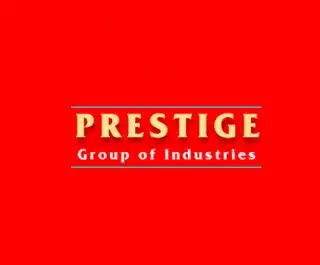


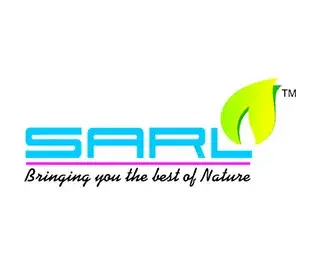

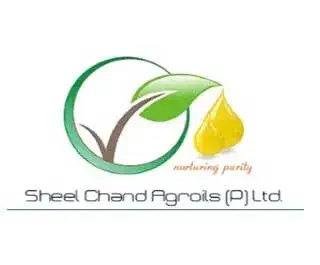
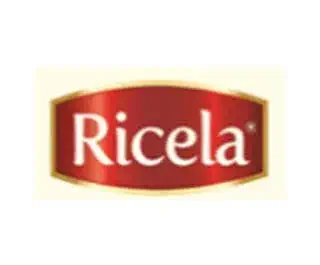
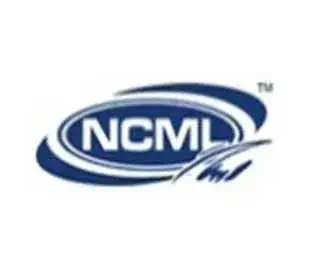
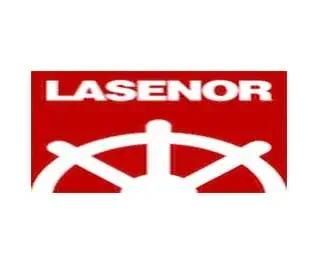
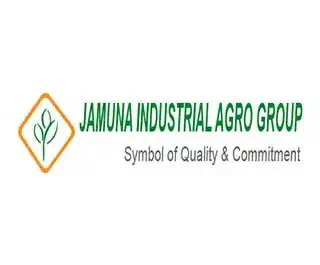
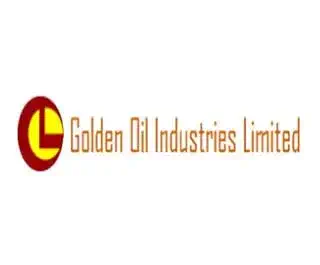


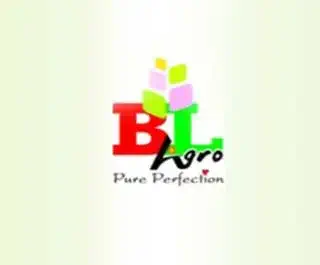

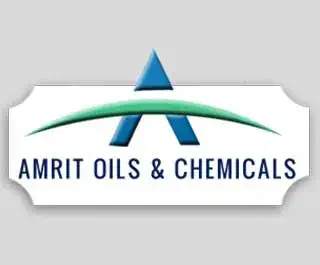
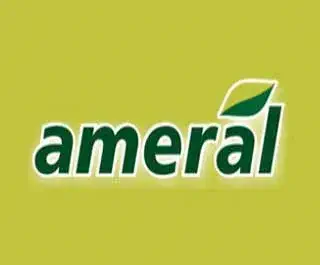
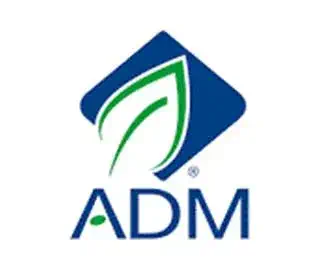
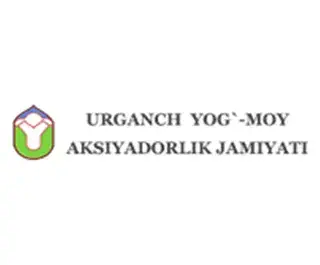
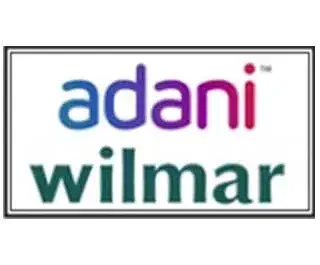

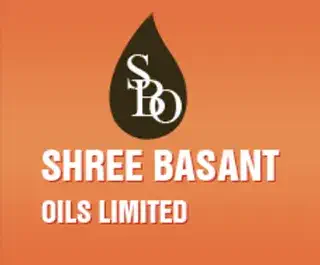
Discover some of the most asked questions regarding Water Degumming.
Water degumming is a process used in edible oil refining to remove phospholipids, particularly phosphatidic acid and other polar compounds, from crude vegetable oils. The goal is to improve the oil’s clarity, stability, and flavor.
Degumming is necessary because phospholipids (or gums) can cause issues in further refining processes and negatively affect the quality of edible oils.
Water degumming is primarily used for oils that have high levels of phospholipids, such as:
Yes, water degumming is considered an environmentally friendly method compared to acid degumming because it doesn’t require the use of chemicals like phosphoric acid. The process also generates less waste and is generally safer for handling.
The gums or phospholipids separated during water degumming can be used for animal feed or as a source of phospholipids in food products or industrial applications. In some cases, they can also be processed to extract lecithin, which is used as an emulsifier in the food industry.